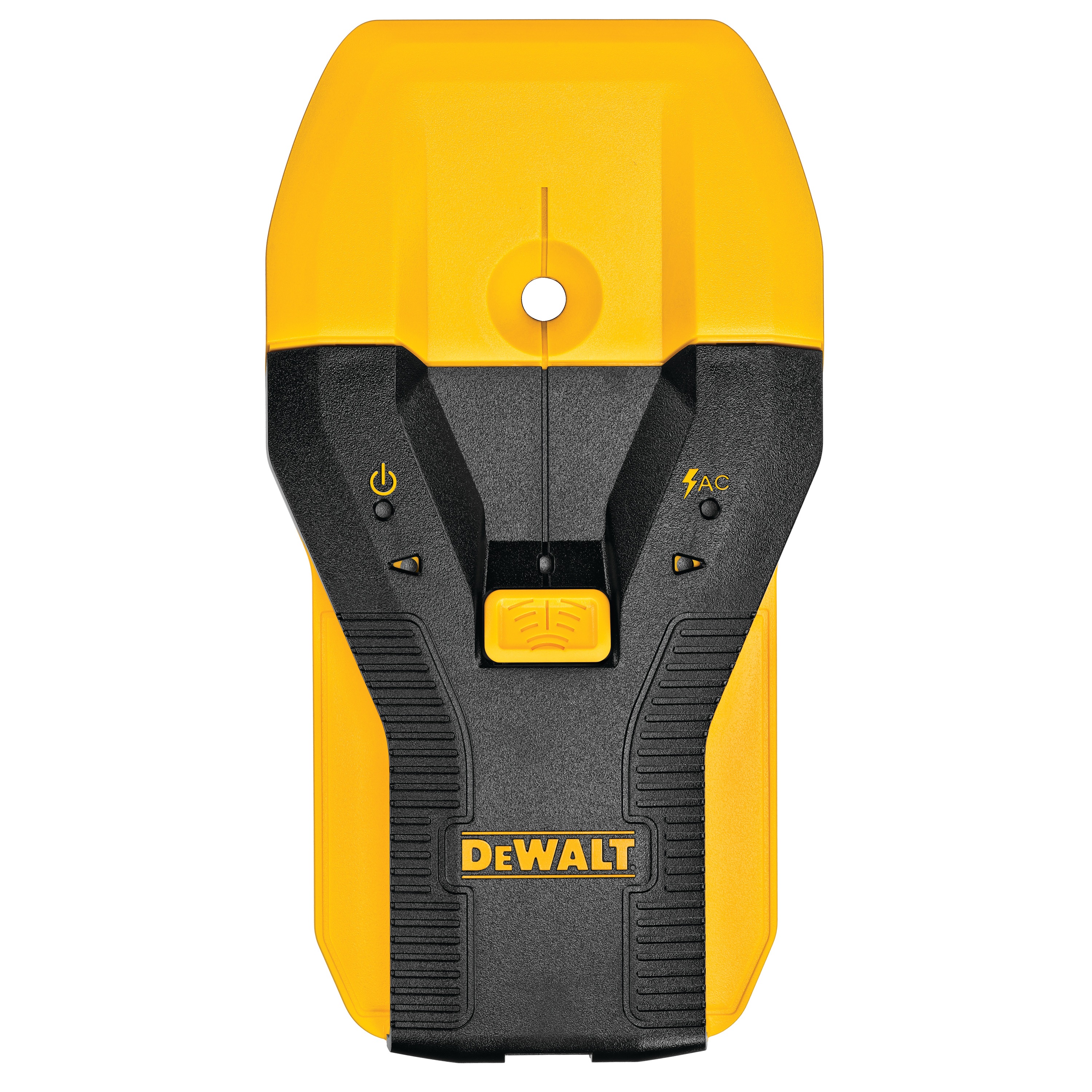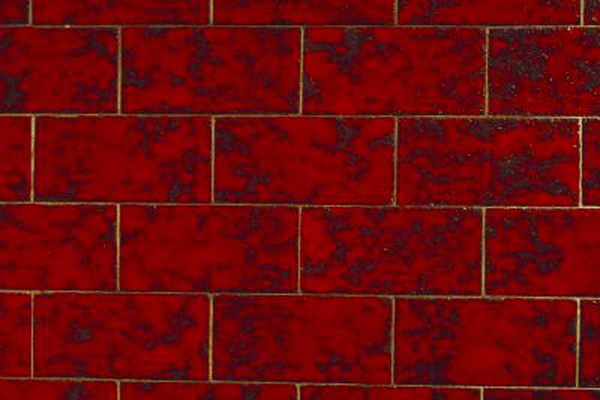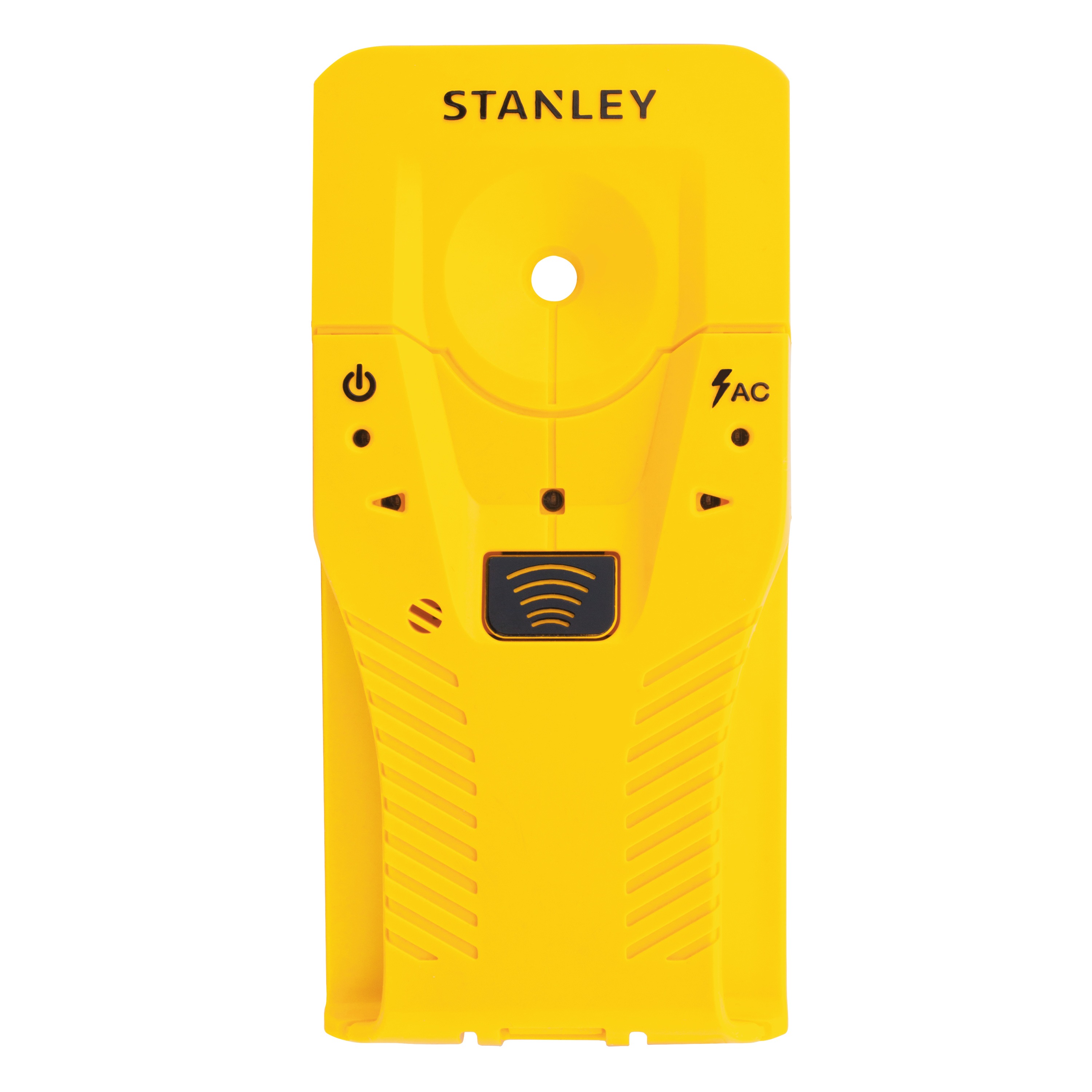If your magnetic stud finder sticks to the wall theres a good chance theres a stud there. While there are many different stud finders available most fall into two main categories.

How To Find Studs In Lath And Plaster Walls Zircon Corporation
Do stud finders work. Of course theyve come a long way in terms of accuracy. A stud finder is good for well finding studs you cant see. Some finders provide basic detection capabilities that are good for just walls. How do stud finders work. Theyre incredibly useful and you can find a huge range of them online. Most magnet type stud finders dont work effectively since they are dependent on locating the fasteners screws used to secure the drywall and they can be very difficult to locate.
Electronic stud finders changed all that. A stud finder also stud detector or stud sensor is a handheld device used with wood buildings to locate framing studs located behind the final walling surface usually drywall. Magnetic stud finders use a very simple concept. They are normally handheld devices which are used to sense where the material behind the device is denser. Magnetic stud detectors and electric stud finders. The first technique works but it damages the wall.
Before there were stud finders either you pounded a small nail into the wall until you hit a stud or you used a small pivoting magnet. They give you an amazingly accurate view into the wall and show you exactly where each stud is. How do stud finders work. How stud finders work there are two main types of stud finder magnetic and electronic. Others can be used on floors and ceilings. All stud finders do the same basic thing.
Stud finders are little devices used to locate the beam of wood metal wiring running through drywall so you can find something strong to screw things too. The magnet technique is slow. Stud finder sensor wall scanner 4 in 1 electronic stud sensor beam finders wall detector center finding with lcd display for wood ac wire metal studs joist detection tavool the tavool stud finder features a multi scanner that can be used to quickly locate both metal and wood studs pipes and live wiring. The magnet would help you find nails that had been driven into a stud. These were simple devices that used magnetic force to sense the presence of a stud behind an already built wall. The nails that hold studs together are magnetic and so are dry wall fixings.
Knowing where those are is crucial so you can be sure to screw into them instead of just the drywall when youre hanging something. By measuring the electrostatic field of a wall and detect slight differences in the flow of electrons stud finders detect the relative change in density and thereby studs showing the best place to drive that nail. We suggest at the very least looking for a stud finder that indicates if there are hidden electrical wires within the wall. Detect where support areas like studs and joists are along the wall. Many of us dont know it but stud finders have been around since the early 80s. Modern electronic stud finders operate by measuring the capacitance difference in the wall to identify where a wall is denser.


















